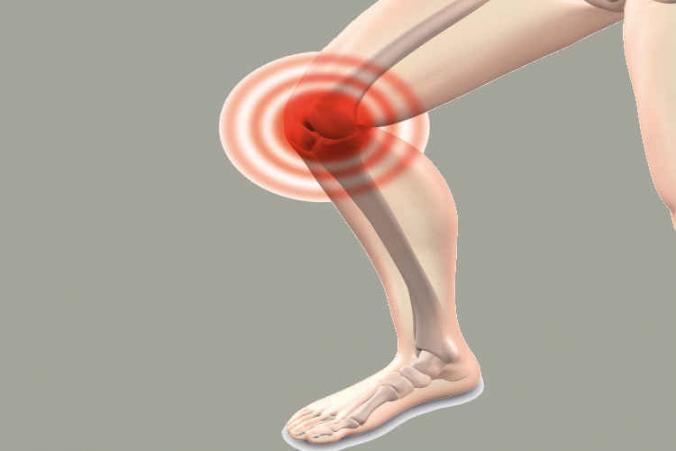Knee workplace injuries are very common in the workers’ compensation claim ecosystem. The Department of Labor and Industries (L&I) studied the frequency of knee claims from 1999 through 2007. In conclusion, they found that 7% of all claims involve knee conditions. Practically speaking, that translates into roughly 25,000 knee work injury incidents in under 10 years. According to L&I, knee injuries happen mostly to workers in carpentry, truck driving, nursing aid, and housekeeping. The purpose of this article is to provide more insight into L&I claim for knee injury.
Knee workplace injury
The knee is a complex joint. It’s where the lower leg and upper leg join. In other words, the knee joint is the meeting point for the shin and thigh. This important joint must bear weight and connect two large leg bones. That means it must be strong, flexible, and stable. Consequently, there are many important parts of the knee joint that make it function.
The patella (also known as kneecap) is at the center of the knee. There is a medial (or inner) meniscus and a lateral (or outer) meniscus. The meniscus is a tough half-moon looking piece of cartilage that cushions and absorbs shock in the joint. There are also four ligaments in the knee connecting the bones. These ligaments are the medial collateral ligament, posterior cruciate ligament, anterior cruciate ligament, and fibular collateral ligament. According to L&I, of the four types, the medial collateral and anterior cruciate ligaments are the most susceptible to workplace injury.
Then, there’s bursae, which are fluid sacs that surround the knee joint. They help with communication and lubrication in the joint. The bursae act like a cushion and reduce friction inside the joint. The knee also has tendons and muscles. They connect muscles and bones and provide strength and stability to the joint. Unfortunately, all these parts of the knee are susceptible to work injury as well as wear and tear.
L&I data about knee injury at work
In work setting, there are many ways knee injuries occur. There are also many work activities that place extra stress on the joint and increase wear and tear over time. Clearly, knee injuries and common wear and tear can also occur outside work.
In my experience, knee conditions in an L&I claim vary from fairly minor to extremely severe. Doctors often initially diagnose knee conditions as sprains or strains, which we discussed previously. However, according to the data collected by L&I, work-related knee conditions also include meniscus damage and ligament damage. They also include a condition called chondromalacia patellae, tendonitis, bursitis, and enthesopathy. Of course, a serious traumatic work injury can also cause bruising, fractures and breaks in the joint.
L&I guides and publications for knee work injury and conditions
L&I studied workplace injury knee conditions extensively. Therefore, there’s plenty of guidelines for treating knee conditions. In 2017, L&I published a 50-page document outlining conservative care options for work-related knee conditions. The document describes and breaks down treatment options. Also, it offers treatment timelines and contains specific diagnosis, resources, and recommendations.
Generally, L&I’s treatment protocols prefer to try all conservative options. If they fail, then doctors recommend more invasive treatment. Interestingly, L&I published surgical guidelines for work-related knee injury in 2016. This 28-page document outlines the criteria that L&I uses to authorize treatment. Moreover, it covers a variety of surgical procedures appropriate for specific situations.
Notes and summary
In summary, the knee is a complex joint. Knee damage as a result of work activity is fairly common. Furthermore, there are many parts of the knee that can suffer an injury. Knee injuries can be minor, or they can be severe. In fact, there are instances where minor knee damage becomes more severe over time.
L&I studied knee conditions and has many resources for work injury claimants. The same resources are also used by your workers’ compensation attorney, as well as the attending physician on your L&I claim. Specifically, medical providers can use these valuable resources to help ensure knee claims progress appropriately.

Leave a Reply